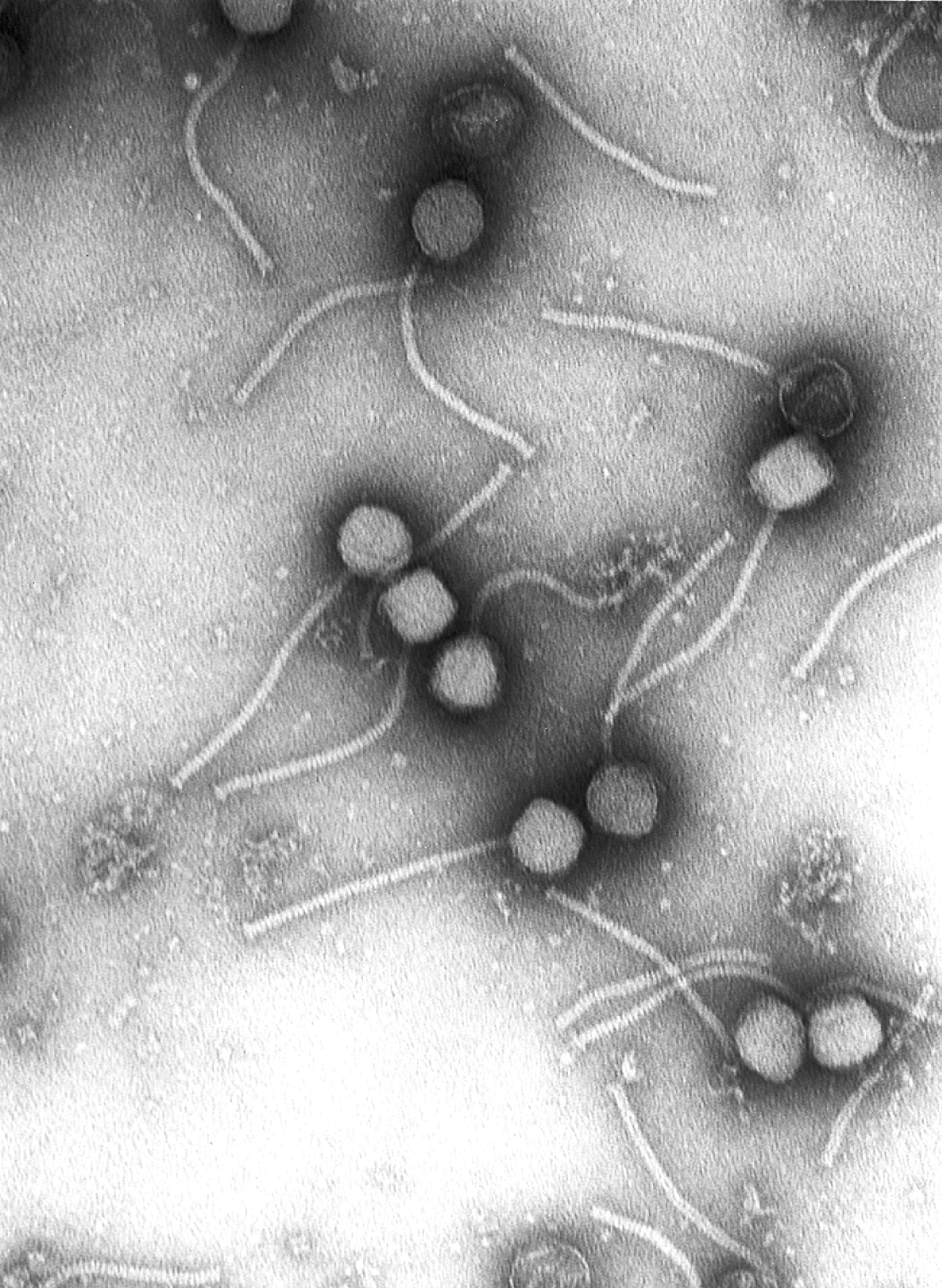
Photo from academic.microsoft.com
SARS-CoV-2 virions are composed of structural proteins, but during virus infection, an additional 30 proteins could be expressed according to putative open reading frames (ORFs) of the viral genome. Some… Click to show full abstract
SARS-CoV-2 virions are composed of structural proteins, but during virus infection, an additional 30 proteins could be expressed according to putative open reading frames (ORFs) of the viral genome. Some of these additional proteins modulate cellular processes through direct interactions, their truncations can affect disease pathogenesis and serve as antigenic targets for more specific serology. In addition to structural proteins, the ORF1a/b polyprotein and accessory proteins can stimulate antibody responses during infection. Antibodies that target non-structural proteins can impact viral infection, through Fc mediated effector functions, through interactions during virus entry, fusion, replication and egress within infected cells. Characterization of the serological responses to additional proteins, provides a snapshot of the ‘antibody landscape’, which includes the antibody magnitude, antigenic specificity and biological relevance of SARS-CoV-2 proteins.
Journal Title: Current Opinion in Virology
Year Published: 2021
Link to full text (if available)
Share on Social Media: Sign Up to like & get
recommendations!